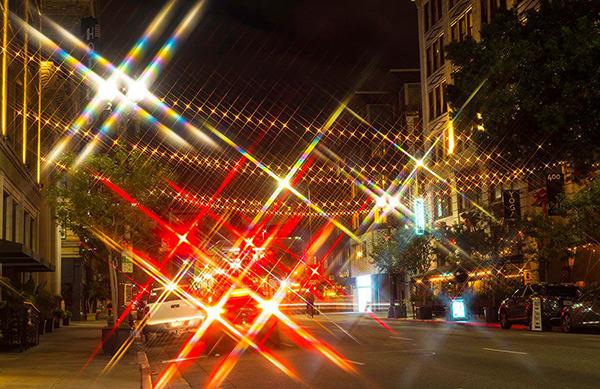Photo How To
Sort By: Post Date TitlePublish Date
|
Jun 24, 2019
|
Jun 21, 2019
|
Jun 19, 2019
|
Jun 18, 2019
|
Jun 16, 2019
|
Jun 14, 2019
|
Jun 13, 2019
|
Jun 13, 2019
|
Jun 11, 2019
|
Jun 10, 2019
|
Jun 09, 2019
|
Jun 07, 2019
















